More Kentuckians are choosing cremation over burial, but not in rural areas. Here’s why
Kenneth Earl Wilson, who had worked at a bank and in the houseboat industry in Somerset, grew up in the days when it was unheard of in Appalachian Kentucky to consider anything besides a traditional burial when someone died.
His daughter, Kendra Wilson, said he had bought a cemetery plot, and she assumed he would be buried there. But late in life, he started talking about being cremated, Wilson said.
Kenneth Wilson didn’t see the point of spending a lot on a funeral, and he also liked the idea of being able to return to a place where he loved to fish, camp and canoe at Rock Creek in McCreary County, his daughter said.
He was cremated after he died Sept. 11 at age 73, and his daughter and best friend plan to scatter his ashes along the creek.
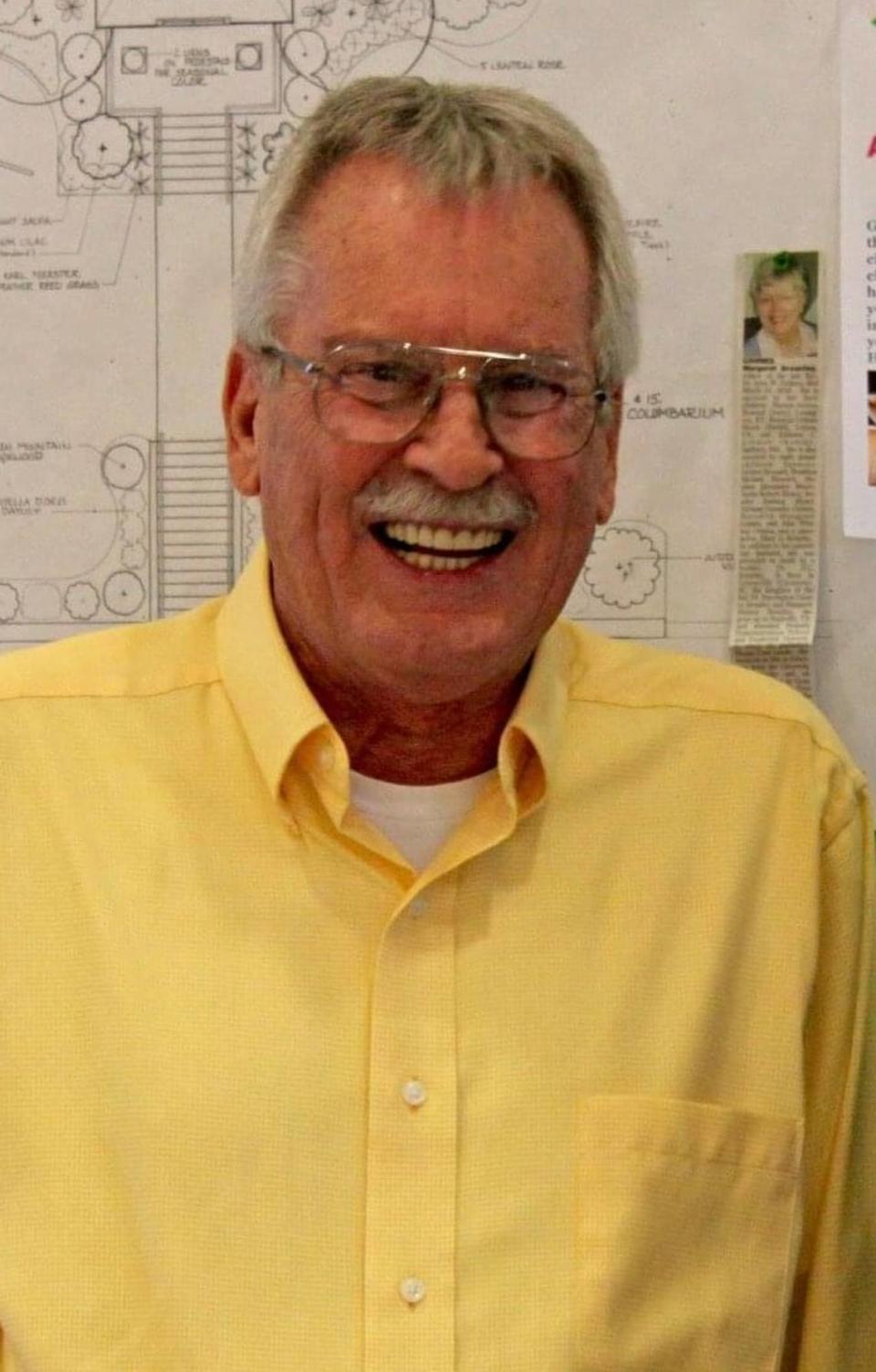
“He changed his views,” Kendra Wilson said of her father.
In that, Wilson was part of a trend in Kentucky and the U.S., with cremation fast displacing traditional burial.
In 2022, cremation accounted for 59% of final dispositions in the country, up from 34.2% just 15 years earlier, according to the Cremation Association of North America.
Some states are much higher. The top 10 states all had cremation rates above 75% in 2021, with Nevada the highest with at 81.9%.
Kentucky’s cremation rate remains one of the lowest in the nation, at 40.3% last year, but that is still significantly higher than 10 or 15 years ago, according to funeral directors around the state.
In 2011, for instance, the cremation rate in Kentucky was just 12.3%, according to Wesley Rominger, president of the Funeral Directors Association of Kentucky.
There are a number of factors behind that growth, including cost considerations, changing religious identification, the impact of the COVID-19 pandemic and a more transient society.
Industry observers see the day when cremation will become the majority choice in every state.
CREMATION PASSES BURIAL
The use of cremation has long varied around the world because of religious preferences and other considerations.
Many in the early Christian church saw cremation as a pagan practice, and after the Roman emperor Constantine adopted Christianity and the religion spread through the empire, cremation practically disappeared in Europe for 1,500 years, according to the Cremation Association of North America.
Cremation began a slow comeback in the late 1800s, when some doctors started to argue that burying bodies posed health risks.
The man who performed the first modern cremation in the U.S., Dr. Francis Julius LeMoyne, was concerned that decomposing bodies threatened to contaminate water supplies, for instance.
(Funeral directors point out that was before the use of modern practices. Traditional burial doesn’t pose a threat to water supplies today, they say.)
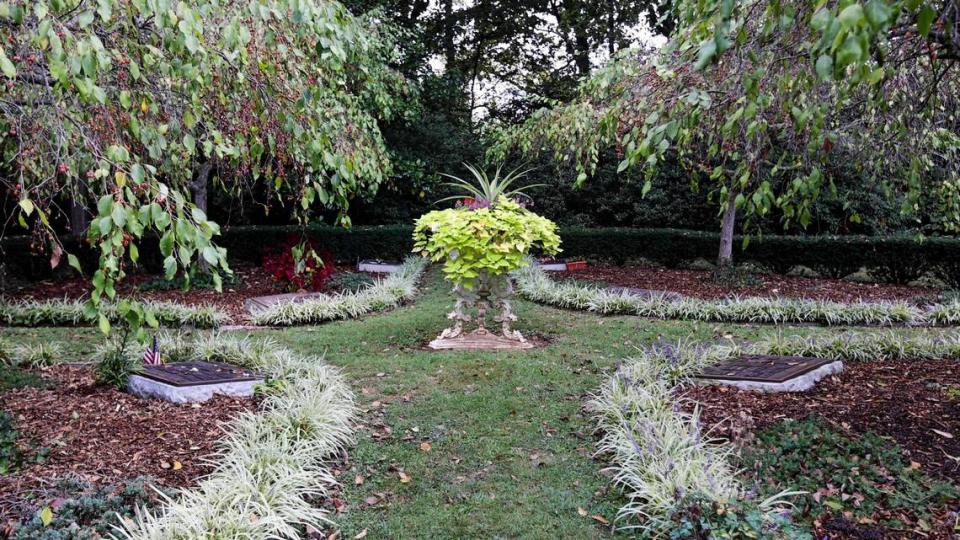
LeMoyne built a crematory in Washington, Penn., heating it with coal and testing it on dead sheep before doing his first human cremation in December 1876 — a former Austrian nobleman who had gone bankrupt, according to an article from Penn State University Libraries.
Many people thought LeMoyne had performed a “barbaric” ritual that ran counter to the Bible, and he ended up leaving his Presbyterian church over the backlash, according to the article.
The use of cremation in the U.S. remained relatively low throughout much of the 1900s, with the rate not reaching 5% for nearly a century, according to the Cremation Association of North America.
In 2015, however, the national rate of cremation passed the rate of casket burial for the first time in U.S. history, and has continued to grow.
‘THE ECONOMICAL THING’
Cost is one key factor behind that growth.
Cremation typically costs 40% less than traditional funerals with burials, according to the National Funeral Directors Association (NFDA), though the costs can vary depending on what is involved.
In a direct cremation, for instance, the body is cremated fairly soon after death, with no embalming, viewing or funeral service, with the ashes returned to the family in a relatively inexpensive urn.
But families can also include many of the elements of a traditional funeral, such as a viewing — using a rental casket — and memorial service either before or after the cremation, and then bury the ashes or place the urn in a facility called a columbarium.
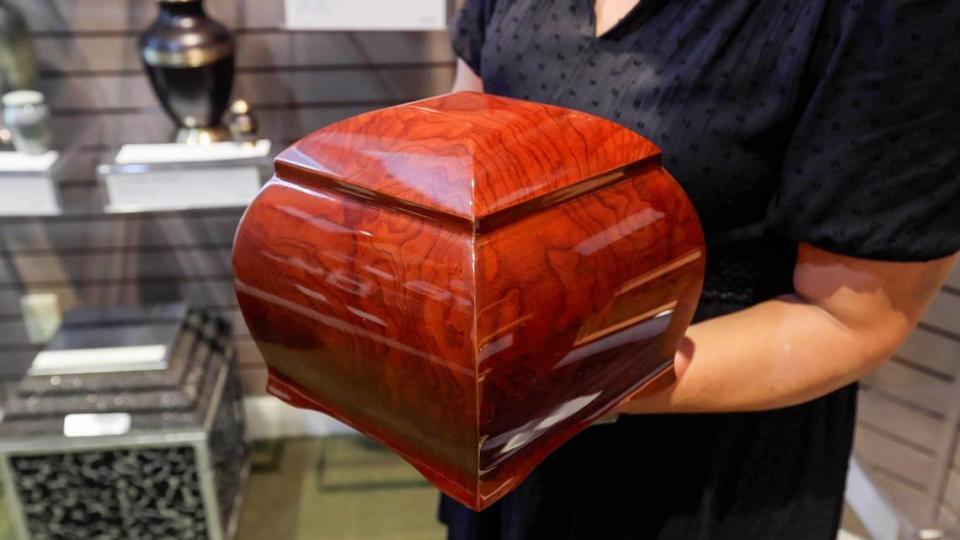
The median cost in the U.S. for an adult’s funeral that included a casket and a service, but no burial vault, was $7,848 in 2021, according to a survey by NFDA.
The median price for a funeral that included a casket, a viewing and a service followed by cremation was $6,970. But the median price for a direct cremation with a container provided by the funeral home was $2,550, the survey showed.
“Cost is definitely one of the main factors in the increase in cremation,” said Jack Mitchell, immediate past president of the association.
Richard New, owner of Southern Oaks Funeral Home in Somerset, said the price for a cremation with a rental casket and a service is just under $5,000, compared to $7,000 to $8,000 for a traditional burial.
The price for a direct cremation is $1,495, he said.
At Breathitt Funeral Home in Jackson, owner Jeff Hamilton said the price for a full funeral starts at $5,300, while a visitation and funeral service followed by cremation is $2,995.
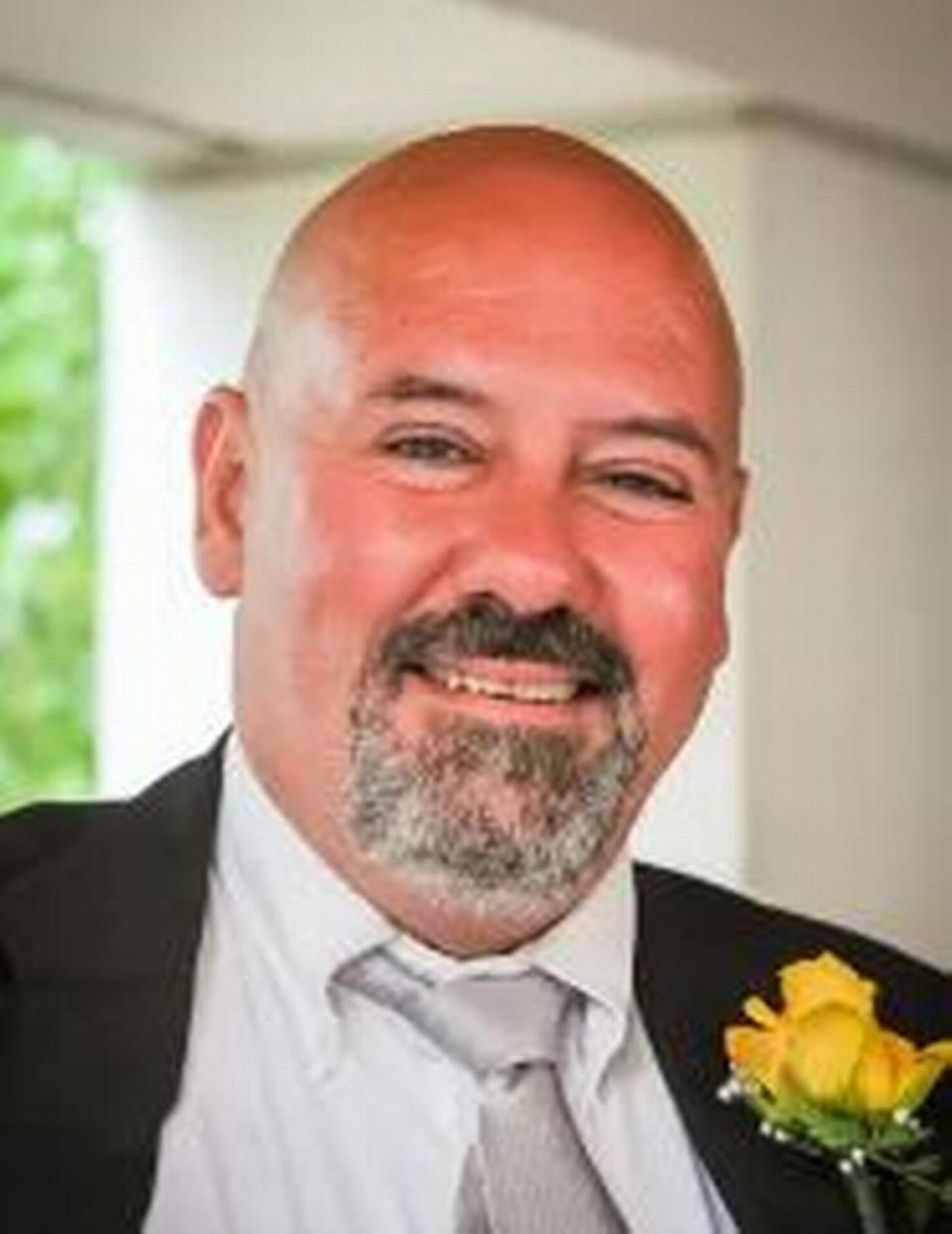
There were several reasons Raymond Thomas, who died Sept. 7 in a truck accident, chose cremation when he planned his funeral earlier this year, said his partner, Linda Latham Brown.
Thomas, 62, grew up on a farm in Pulaski County. He loved growing things and tending animals and didn’t want to take up space in death that could be put to better use, Brown said.
“He was a good steward of the earth and he wanted to continue that,” she said.
But price also was a factor. Thomas, a father of three and grandfather of 12, didn’t see any sense in spending a lot of money on a funeral.
“It’s the economical thing. It’s the practical thing,” Brown said.
‘A GENERATIONAL THING’
Kentucky funeral directors and industry observers cite a number of other factors in the increasing use of cremation as well.
One is more transience in places like Central Kentucky as people move in for jobs, creating less reason for a traditional burial in a place where people don’t have roots and extended family and there is less likelihood family members will want to visit a grave often.
With cremation, families can take the ashes of a loved one with them.
Funeral directors think that helps explain why traditional funeral practices persist more broadly in rural areas, where many people have longstanding roots and there are fewer people moving in.
“I think here in rural Kentucky, they are more traditional,” Hamilton, owner of Breathitt Funeral Home, said of residents.
The cremation rate at his funeral home has been about 10% this year, Hamilton said.
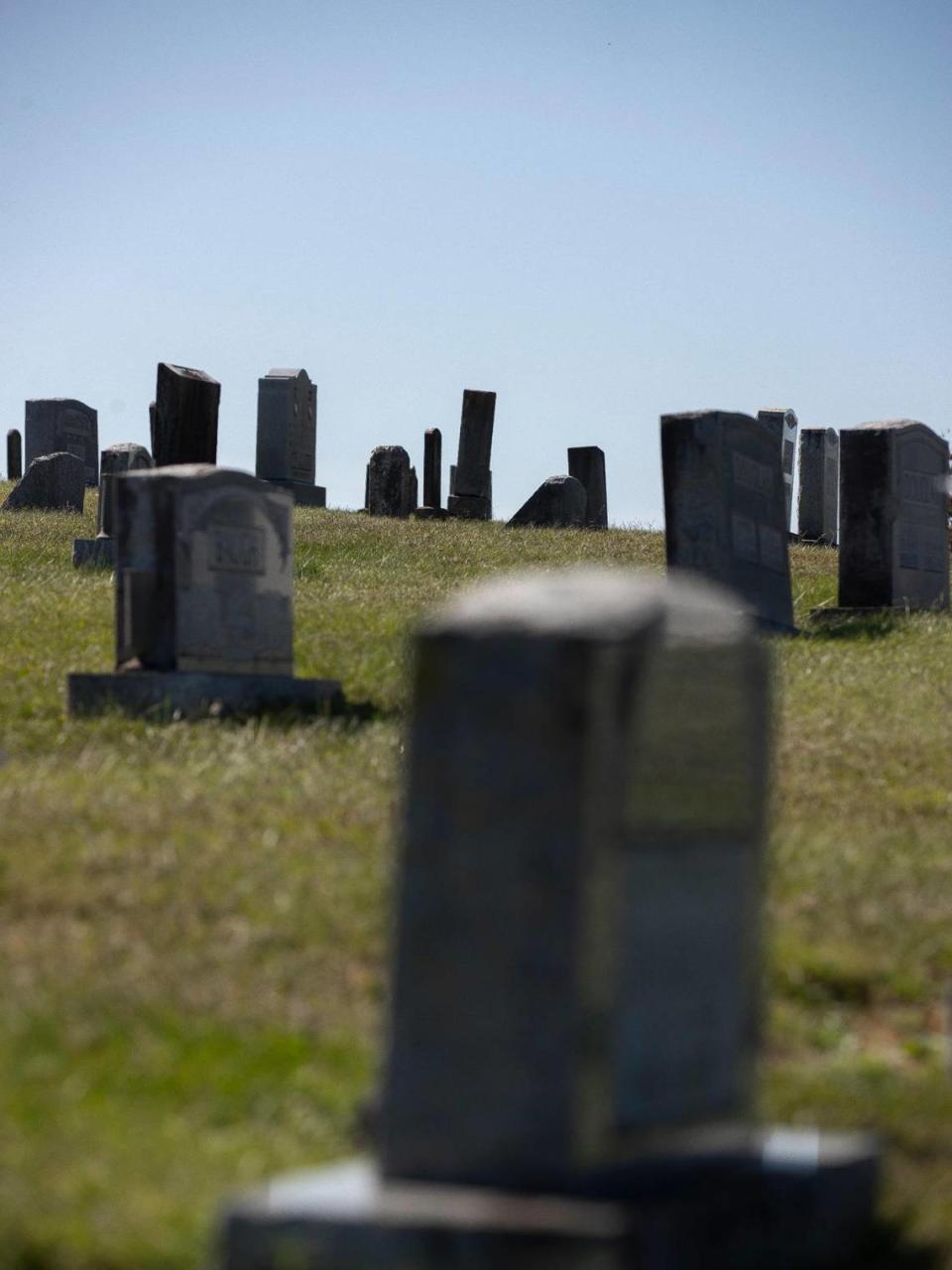
Younger people also are more open to the idea of cremation than many older people, which plays a role as well with aging populations in rural areas.
“It’s a generational thing,” said Rominger, a fourth-generation funeral director at Rominger Funeral Home in Manchester.
Some funeral directors said the COVID-19 pandemic was a factor in the increase of cremation.
Traditional funerals in Kentucky typically included several hours of visitation, sometimes over two days, followed by a funeral service, a ceremony at the grave and then a meal at a church or someone’s house.
Limitations on attendance at visitations and funerals — imposed to try to limit the spread of the disease — opened the door to question other aspects of that tradition.
Changes were underway earlier, but the pandemic “devalued” the traditional funeral ceremony, said New, at Southern Oaks Funeral Home in Somerset.
“COVID really expedited that number,” he said of cremations. “We’re getting away from those traditions of our grandparents.”
RELIGIOUS DIFFERENCES
Changes in religious identification also have played a role in the rise in cremation.
As recently as the early 1990s, about 90% of U.S. adults identified as Christian, according to the Pew Research Center.
In 2007, when the center asked people what their present religion was, 78% identified as Christian, but that level has since dropped to 63%, the center said in a 2022 report.
In that same time, the percentage of people who said they were atheist, agnostic or “nothing in particular” rose to 29%, the center said.
There are many theories on that shift away from identification with Christianity, according to Pew, among them clergy scandals, a drop in trust of religious institutions and the possibility that liberals left because of an association between Christianity and conservative politics.
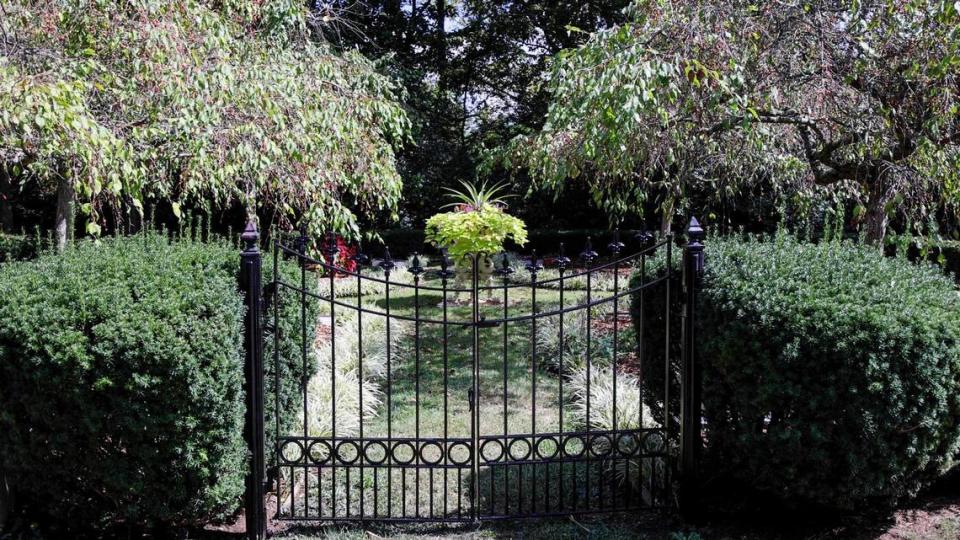
Whatever the reason, it’s notable because non-religious people are the most likely to consider cremation for family members and friends, according to research by the National Funeral Directors Association.
The ongoing shift in the number of Americans who don’t identify with a religion has contributed to the decline of traditional burial and the increase in cremation, according to the association.
There is no doctrinal prohibition on cremation among Protestant Christian denominations, but there has been a clear preference for traditional burial, said Gregg Allison, professor of Christian Theology at The Southern Baptist Theological Seminary in Louisville.
In his 2021 book “Embodied: Living as Whole People in a Fractured World,” Allison wrote that traditional burial shows reverence for the body and underscores the Christian belief of resurrection from the dead, and that Scripture “overwhelmingly supports” traditional burial.
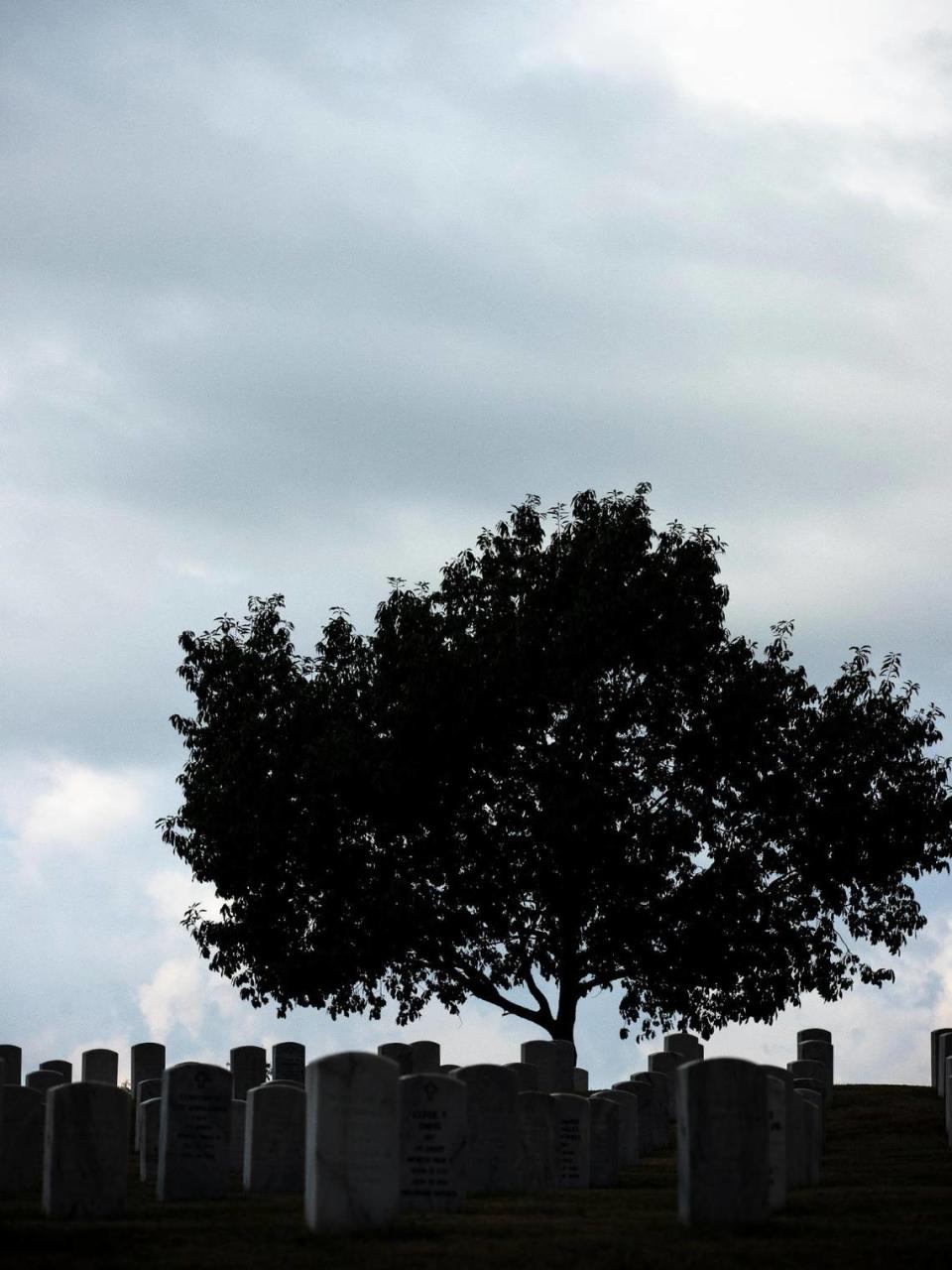
But in the final analysis, traditional burial versus cremation in Christianity is “a matter left up to one’s conscience,” Allison wrote.
Funeral directors in Kentucky said they believe one reason for lower cremation rates in rural Kentucky is because there often is less religious diversity and higher percentages of people who hold to more conservative Christianity.
At Rominger Funeral Home, in largely rural Eastern Kentucky, the cremation rate in 2022 was 18%, Rominger said.
At Johnson’s Funeral Home in Georgetown, in fast-growing Central Kentucky, the rate was 55%, said Grant Bolt, an owner of the funeral home and board chairman of the Funeral Directors Association of Kentucky.
“The culture of the community, the tradition of the community, has a lot to do with it,” Bolt said.
DIGNITY FOR THE DEAD
Cremation was long barred by the Catholic Church, but Pope John XXIII removed the ban in 1963.
Pope Francis approved updated instructions in 2016 that said while the church continues to prefer traditional burial, there were no doctrinal objections to cremation, as long as someone hadn’t chosen it for a wrong reason, such as a rejection of Christian dogmas.
There are restrictions, however: Ashes of cremated Catholics must be laid to rest in a sacred place, meaning a place dedicated by an ecclesial authority; family members can’t keep ashes at home; the ashes can’t be divided; and they can’t be scattered or made into jewelry or other mementos.
“They want the reverent disposal of the body,” said Fran Borders, manager of Calvary Cemetery in Lexington, an Apostolate of the Roman Catholic Diocese of Lexington.
There are differences on the issue among Jewish denominations, according to Lexington rabbis David Wirtschafter at Temple Adath Israel, a Reform congregation, and Shani Abramowitz at Ohavay Zion Synagogue, a conservative congregation.
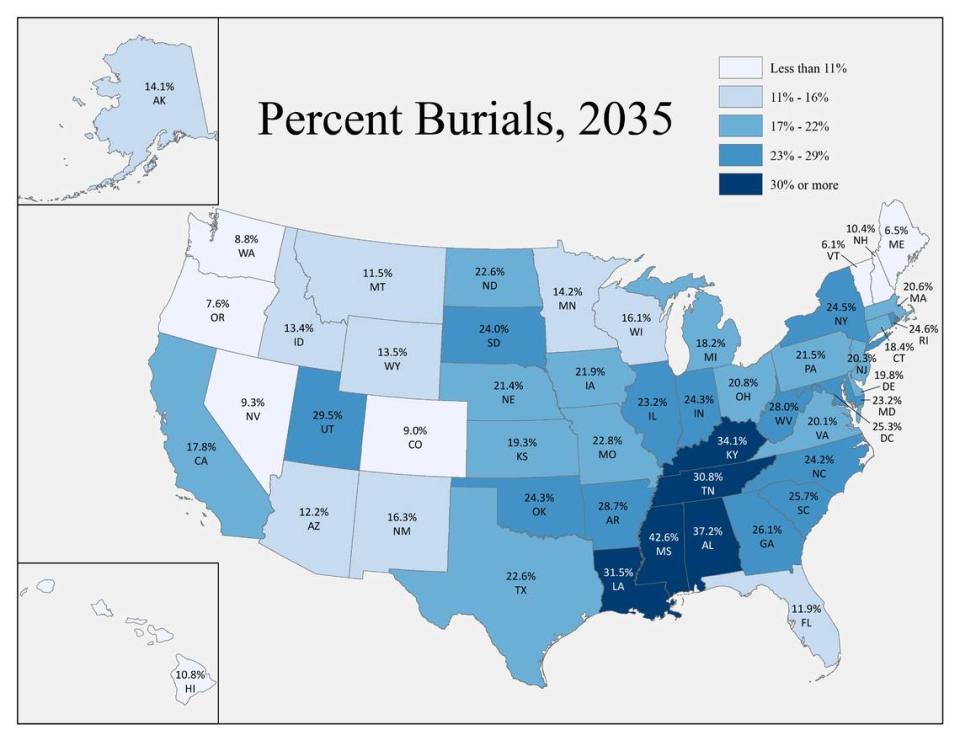
Cremation is not prohibited in Reform Judaism, Wirtschafter said.
However, it is barred in Orthodox Jewish congregations and the guidance in the conservative denomination is to encourage people not to choose cremation, according to Abramowitz.
Whatever the position on cremation, “Kavod HaMet,” meaning dignity for the dead, is the paramount concern in all Jewish denominations, Abramowitz said.
Latter Day Saints, commonly called Mormons, typically don’t choose cremation, said Barbara Kemmis, executive director of the Cremation Association of North America.
Islam bars cremation, but Buddhism and Hinduism encourage it.
NUMBERS WILL GO UP
Some people see cremation as better for the environment than traditional burial, and many people view it as quicker and more simple.
Preferences for many people are changing toward “less-ritualized funeral ceremonies,” according to the National Funeral Directors Association.
Still, several Kentucky funeral directors said that even with a cremation, they recommend families have a service or ceremony either before of after to mark a person’s death because it helps in the grieving process.
“Ceremonies bring comfort because it’s sharing your grief,” said Joey Tucker, manager of the Broadway location of Milward Funeral Directors in Lexington.
Ward Pell made arrangements for her sister, Gretchen Noffsinger Zeigler, a retired interior decorator in Lexington, to be cremated after she died in late August, according to Zeigler’s wish.
The family had a service at Christ Church two weeks after her death.
“I think it’s more acceptable today,” Pell, who lives in Gadsden, Ala., said of cremation.
Virginia Kerr Zoller, with Kerr Brothers Funeral Home in Lexington, stressed that if people want to choose cremation, it’s best to arrange that with a funeral home before a death.
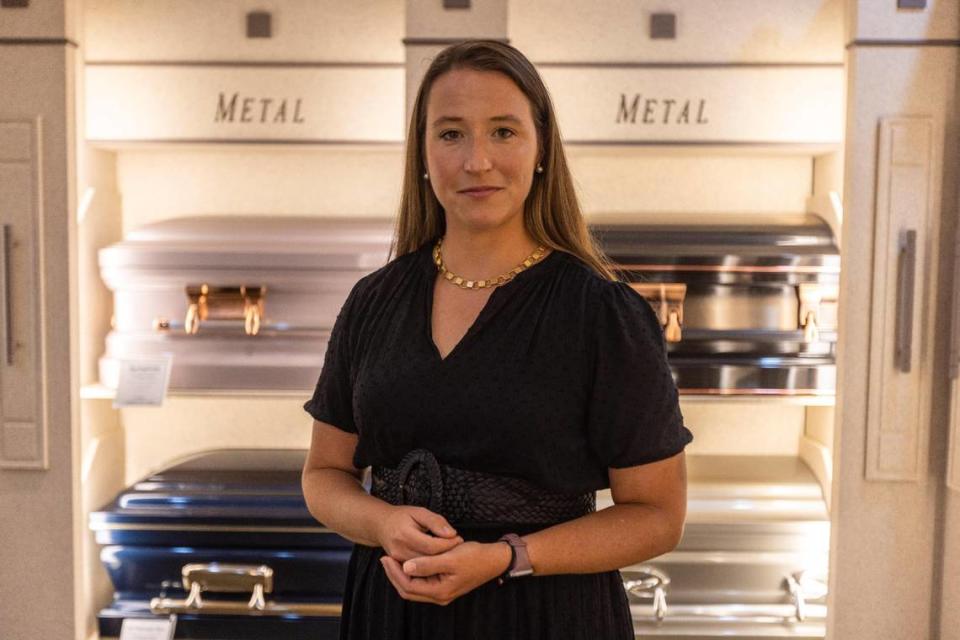
If the person to be cremated has not signed a planning declaration to make his or her wishes known, the decision falls to others, from a spouse, then majority of the children, then parents and on down a strict hierarchy under Kentucky law.
There can be delays if someone hasn’t made plans. Kerr said she once had a send a sheriff’s deputy to a tent in the Florida Everglades to get finalize authorization for a cremation.
The number of dispositions handled through cremation is expected to continue to increase, from a projected rate of 60.5% nationwide this year to 74.4% by 2035 and 81.4% in 2045, according to the National Funeral Directors Association.
The association projects that the cremation rate in Kentucky this will will be 42.2%, but that it will increase to 62.7% in 2035 and 74.8% in 2045.
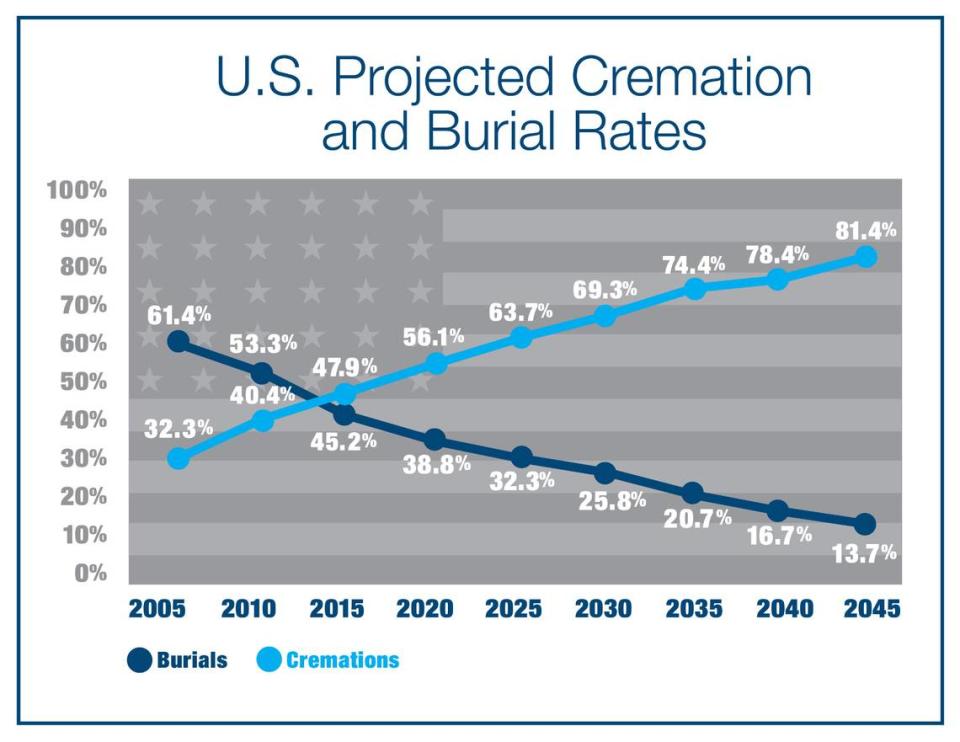
Several families who chose cremation said it offers options traditional burial doesn’t such as more flexibility in scheduling memorial services and an opportunity to scatter someone’s ashes in a favorite place. Ashes, called cremains, can even be incorporated into jewelry or stones.
“You can honor a person all sorts of way,” Bolt said.
Brown, whose partner, Thomas, died last month, said she bought a pound of seeds for columbine flowers to put out where she scattered some of his ashes by a creek.
She also wants to take some more to scatter from a bridge in Scotland where they shared a special moment, a handfasting ceremony, which involves binding two people’s hands to pledge themselves to each other.
Zoller said she once worked with the family of a person who had wanted to travel widely, but died relatively young.
The person’s parents arranged for cremation, divided the ashes among 35 vials, and gave them to the person’s friends to scatter on trips overseas.
Funeral directors try to accommodate the wishes of families, said Zoller, who once arranged a funeral at a bar.
“If that’s what you want, that’s what I want for you,” she said.

